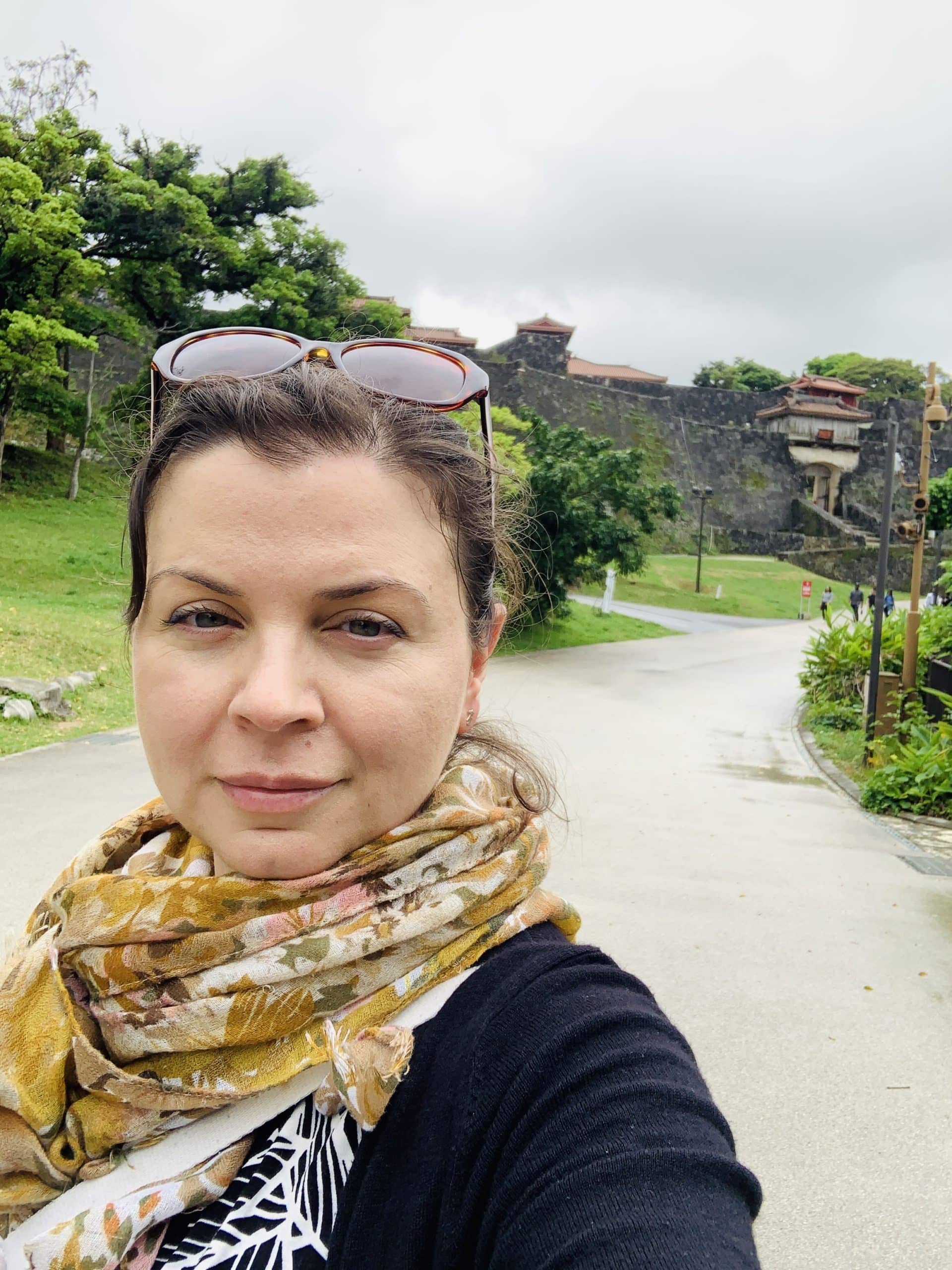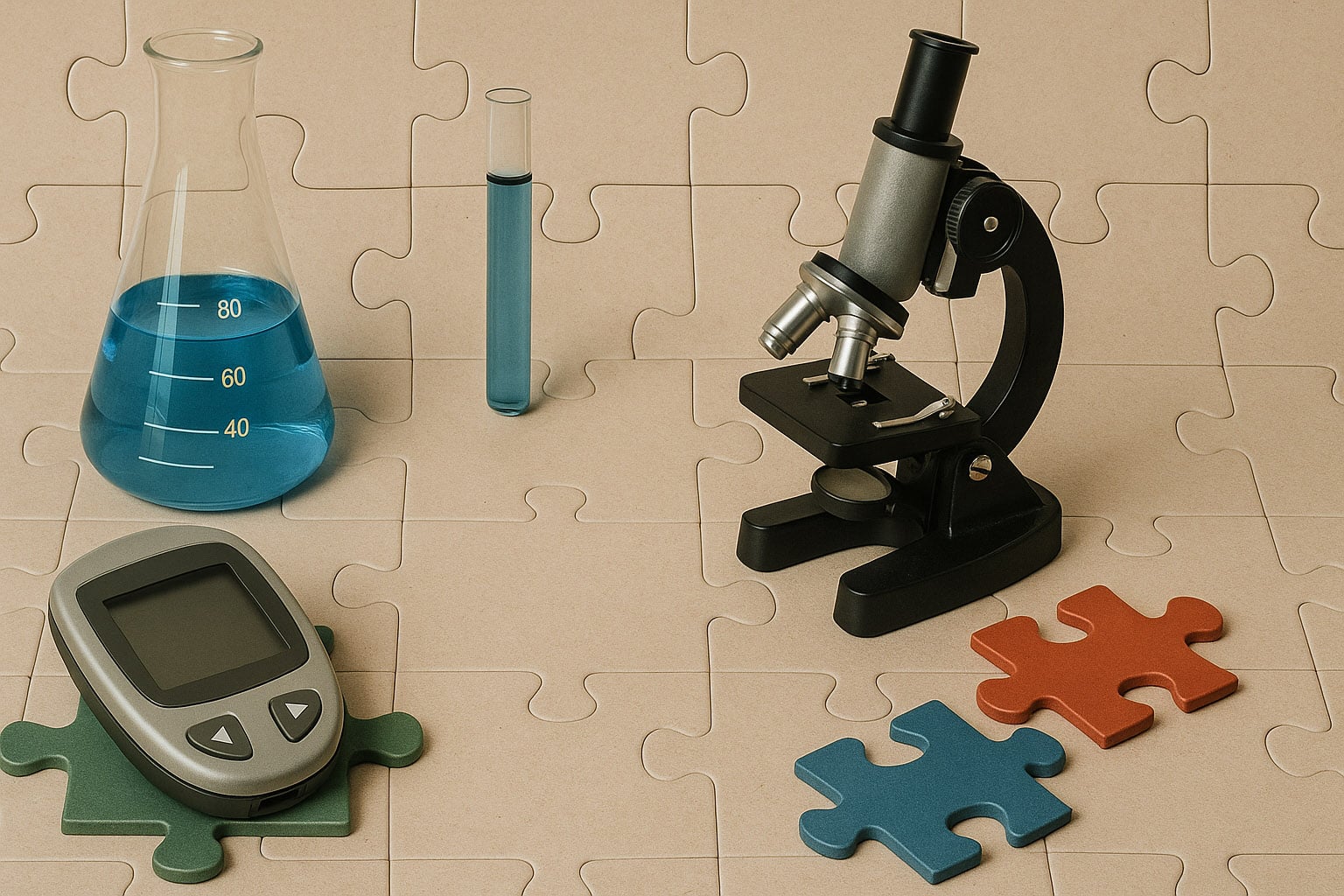Daniela Nasteska
Diabetes researcher
Being a writer or a scientist? That was the question. The 7-year-old Daniela decided that she is going to be a writer and no further decisions were up for a debate. However, the present-time me is a fully fledged scientist investigating diabetes-and no further changes are up for a debate.
I was born and raised in the capital of North Macedonia, Skopje – a place the world didn’t exactly flock to. So, books became my route to the world and its secrets -the wonders of nature, space and humanity. I loved how magnificent the world looked, and wanted to write about it. As time went by, that wish to write turned into a desire to investigate and make a difference – so I ended up finishing nursing school and graduating as a medical doctor in my native Macedonia. Our magnificent world is not perfect though…When life threw its imperfections at me, I chose Japan for a career change and earned my PhD degree in diabetes and obesity at Kyoto University. I became a scientist and started chipping away the mysteries of diabetes one country at a time. While Japan was my scientific beginning, Belgium was my determination test and the UK became my land to conquer. After spending years at the University of Birmingham and now at the University of Oxford, it is safe to conclude that both the UK and I have conquered each other!
My research focus is type 2 diabetes. My father lived courageously with the disease for many years, and it has always been my drive to keep working on it and learning more and more. Type 2 diabetes is a condition affecting adults and for so many complex reasons, it develops when the body can no longer use and store blood sugar effectively. The excess of sugar damages many organs in the body, leading to heart, brain, nerve and kidney disease. My work has looked into the food signals affecting blood sugar regulation and into the reasons why the cells regulating sugar levels get damaged and die prematurely. In recent years, I’m trying to learn how these cells work together to keep us healthy. Much like our world which thrives on diversity, our cells need to be different while working together for a common goal. There are small micro-organs in our pancreas called islets, and they are responsible for making hormones regulating blood sugar, such as the hormone insulin. We zoom in on islets, their build and function, by using powerful microscopes allowing us to see single cells. We study the cells by themselves and when together, and have learned that although each cell needs its own identity, they perform better when they keep communicating with each other. Mapping this communication with high resolution helps us understand normal insulin release and development of type 2 diabetes, and enables us to come up with more powerful therapies. Diabetes was known as the ‘silent killer’ disease 100 years ago…Because of the work of diabetes researchers worldwide, it is now a condition we can live with. Science has brought the best in us once again.
Find out more about the Hodson Group: Cellular Metabolism and GPCR Signalling here.
Watch Metabolism in Molecular Medicine Research Theme here.
BlueSky: @dn-mk.bsky.social



